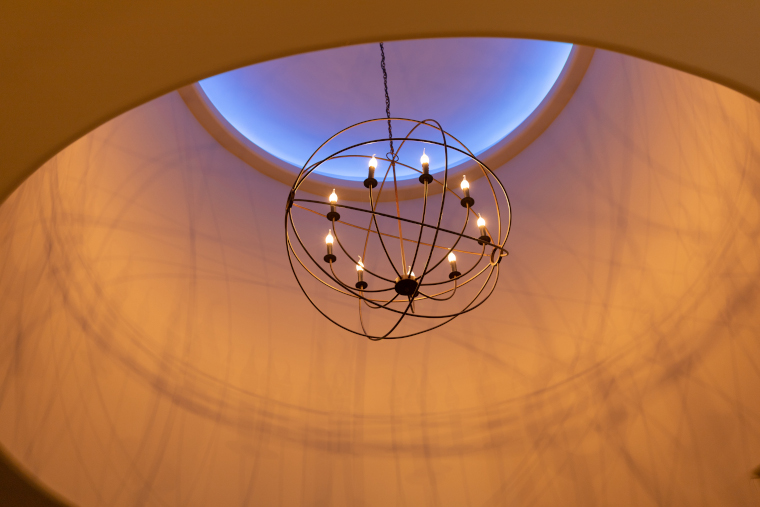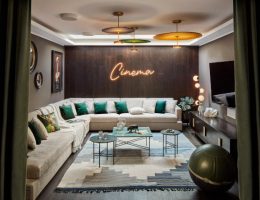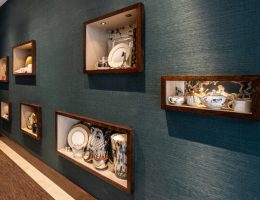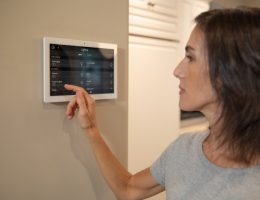Everything you ever wanted to know about smart home technology but were too shy to ask – expert advice for interior designers
Features about smart home technology are always popular on The Insider, so I was delighted when three industry experts agreed to answer some of the questions most commonly asked by interior designers.
Abby Fox is business development manager at LC-AV, Damien Smith is client director for New Wave AV and Darren Lewis is director at Visual Control Systems
What is a smart home?
AF: A smart home is a house in which all technology and devices are connected together through a centralised system and can be controlled simply through a single user interface. A smart home system usually includes lighting, shading, climate control, security, access control and all aspects of audio visual, but can usually incorporate any device that can connect to the internet. The benefit of this is a home that responds to the homeowners needs and lifestyle, providing peace of mind, convenience and wellness.
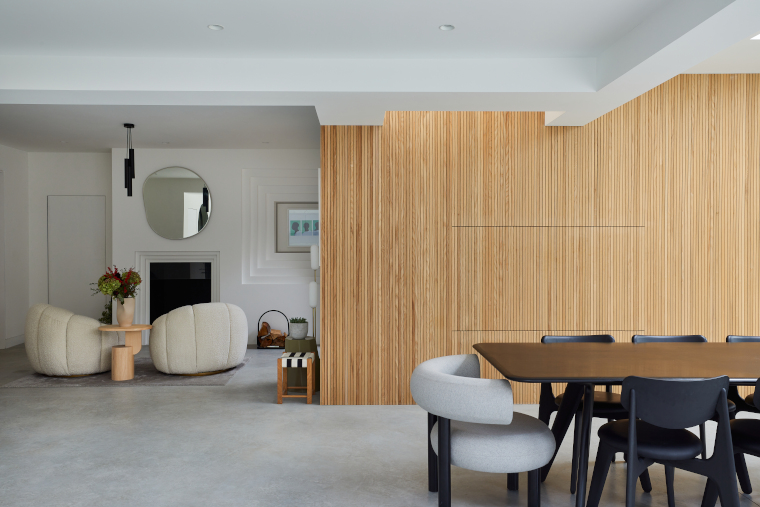
What is smart home technology?
DS: Quite simply, products that require minimum input from the consumer whilst retaining reliability, robustness, functionality and ease of use.
DL: This is technology that creates synergy between you and your home. It offers comfort and convenience within your home through heating, lighting, shading, entertainment and security control, all at the simple touch of a button. And, this simple touch control can be achieved within and/or away from the property. For example, if you are away you can close the shades or set the temperature easily in your home.
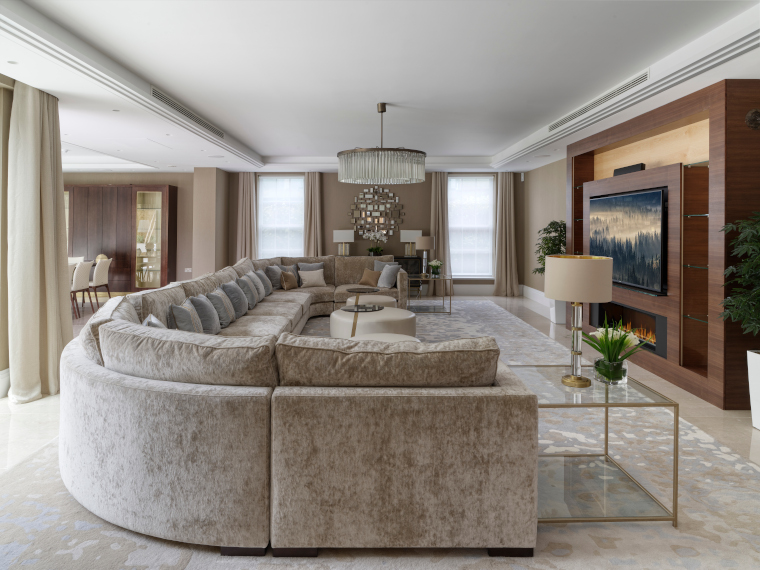
What are the skills, evidence and experience that designers should look for in a good smart home technology company?
AF: A company that is certified by CEDIA, our industry trade association, and leading manufacturers is always a good place to start. Most manufacturers will list certified home technology companies who have undergone the necessary training and met requirements to sell their products. Also researching a company’s recent projects to ensure that they align with the type of projects you are working on can be helpful. Size and style of project is all very relevant when it comes to smart home technology as you want to ensure the integrator’s work can be sympathetic and flexible to your design and that they have experience in the scale and level of your project. Finally, when you’re speaking to a smart home company, ensure that they can provide project management support, documentation and drawings throughout the project and aftercare support to the client once the project is completed. Many good smart home technology companies will have structured support or aftercare plans in place that they will be able to provide details for. This is vital as you don’t want to be the one receiving the phone calls from the client if something goes wrong.
DS: Genuine testimonies from a company’s existing clients is a great way of obtaining key insights into the reputation and workmanship of the company that you are looking to use. Whilst one can be bombarded with technical jargon, product recommendations, etc, etc…. how a technology firm actually install a product and the condition and quality that the space is left in, is still key.
DL: Awareness of latest technology and the variety available in order to future proof a system and provide the best-fit solution is important. A portfolio of work, client references and a wealth of experience in the industry, including a variety of installations big and small also matters. For example, for a whole home project make sure you select a company who can deliver a project that includes home cinema, garden sound systems, lighting design and automated blinds and curtains.
Check certification and accreditations from manufacturers, distributors and governing bodies and if the company has a certified showroom to demonstrate products and showcase the quality of their installations.
Good customer relations and an understanding of the lifestyle of the client and their minimum expectations, aspirations and budget is important. Look for a technically competent and qualified team of installers; a team that is respectful of the client’s needs, aspirations and expectations.
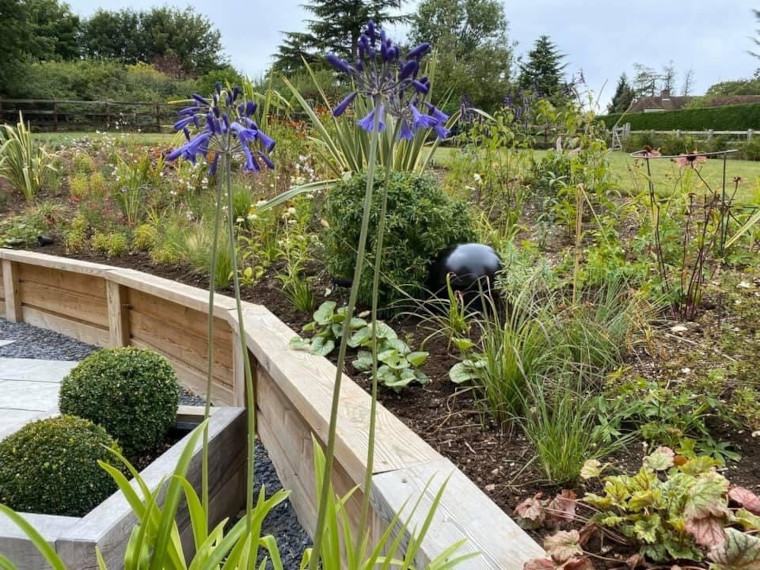
At what point in a project should designers start engaging with an integrator?
AF: It’s useful to engage an integrator as early as possible on a project for two reasons. Firstly, the cabling infrastructure required is imperative to a smart home and ensuring that these requirements are planned for at first fix stage will avoid hold ups and additional works or costs further down the line. Secondly, there are some elements that when considered at the design stage can be concealed or incorporated more discreetly within the interior. A good example of this is motorised blinds where concealment of head boxes needs to be considered in the construction of the building. There are also lots of flush mounting, plaster-in options for equipment that need to be planned and ordered early on.
DS: A common mistake made in the building industry…… as early as possible, and earlier than you think.
DL: Optimally, at the initial stages of a project in order that integrators can be involved in discussions around cable runs, room layout and even room choice. When the first architectural drawings or plans are complete, or at first-fix cabling if a renovation/home improvement project. This simplifies projects in terms of timing and also encourages the designer and their client to consider where wall controls might be situated; where in-ceiling/wall audio should be located for optimal sound and where lighting fixtures and shading will be located, as many of these fittings are best plastered within the wall/ceiling.
What three examples can you give of how integrating technology within a design scheme has helped an interiors project?
AF: Integrating lighting allows for a more complex and sophisticated lighting design as it provides simple control of multiple lighting circuits. In lighting we look to create layers of light which inevitably involves a lot more circuits. Not only can these be controlled easily through smart lighting but lights can also be set to levels that are more balanced and flattering for beautifully lit interiors.
DS: RAL finishing and bespoke finishes to lighting control switches/keypads, thus still giving the client the best interaction possible with their lighting system without compromising by having to have keypads that look completely out of place.
DL: Concealing technology (mirror / picture frame TV) in ceiling projectors, cinema screen and speaker systems.
AF: Integrating Audio Visual equipment within joinery can make TVs and speakers blend in discreetly and in some cases almost disappear. For example, subwoofers can be built into cupboards and ported though small grilles or holes within a kick plate. There are endless discreet and customisable solutions that can be tailored to a design scheme when co-ordinating with an integrator at the design stage.
DS: Liaising heavily with joinery companies to ensure a smooth fit for anything being enclosed within a motorised cabinet/lift, thus keeping the elegance and simplicity that one expects from such a piece.
DL: Mood lighting/audio
AF: A smart home system will also simplify the amount of visual clutter on your project. Centralised equipment means that sky boxes and source equipment can be housed in an AV cupboard out of the way meaning there’s no need to have joinery under TVs. Whilst having one interface avoids seeing multiple ugly controls on the walls. A single flush mounted touchscreen or App on your phone can replace light switches, heating controls, alarm keypads, door entry panels and CCTV monitors.
DS: Technology companies also have many more tools available at their disposal to hide product. Again, experience in the field counts when looking at the most beneficial way of achieving this effect.
DL: Wireless control
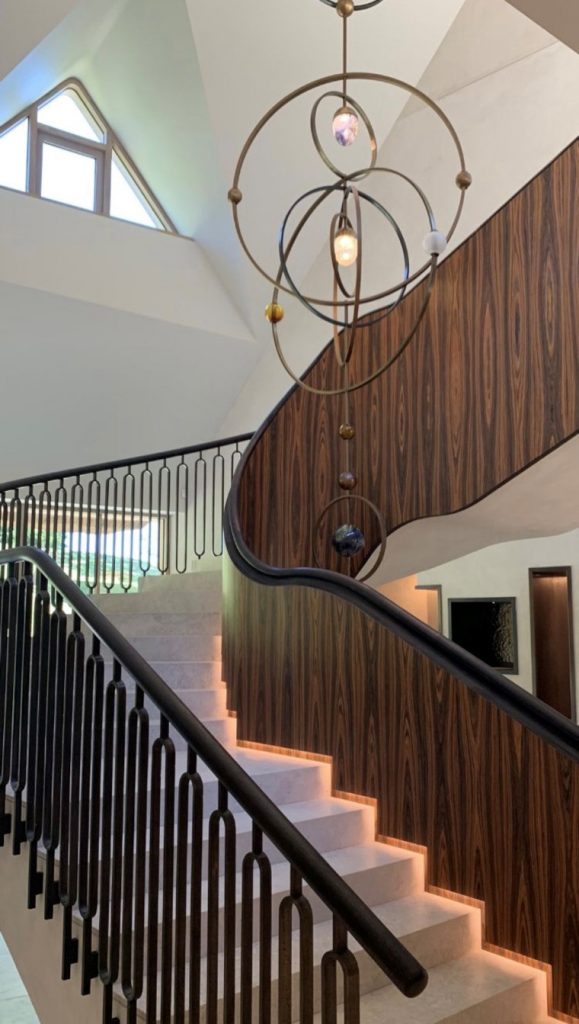
How much space do you need for the cabling, boxes, etc that’s required for these smart home systems to operate?
AF: The equipment for a smart home system is housed in racks and cabinets. The size of these is very much dependent on the size of the system and there are lots of clever rack solutions available that can be fitted within joinery or trickier spaces. It’s helpful to allow for ample space within cupboards or a service or utility room, but if space on a project is an issue, work with your integrator on this as a system can often be designed creatively so that it takes up less space or is divided between multiple smaller spaces.
DS: Whatever is available, but this is generally dictated by products the client has chosen to include. Of course, our objective to is keep things hidden away as much as possible without the need to have large racks, enclosures, etc…. but, again, early conversation is a must so that all parties know what is required.
DL: A dedicated space for the associated technology benefits all and can be an under stairs cupboard, cellar or store room. The space required for an entire rack system is reducing all the time, but a space no larger than a child’s wardrobe for an entire rack system is generally adequate. New rack systems can be inserted into walls and bespoke units as desired by the client.
LC-AV, New Wave AV and Visual Control Systems are Control4 Partners and members of CEDIA. Control4 is a Snap One brand. (image at the top shows the new Vibrant Lighting range from Control4)
